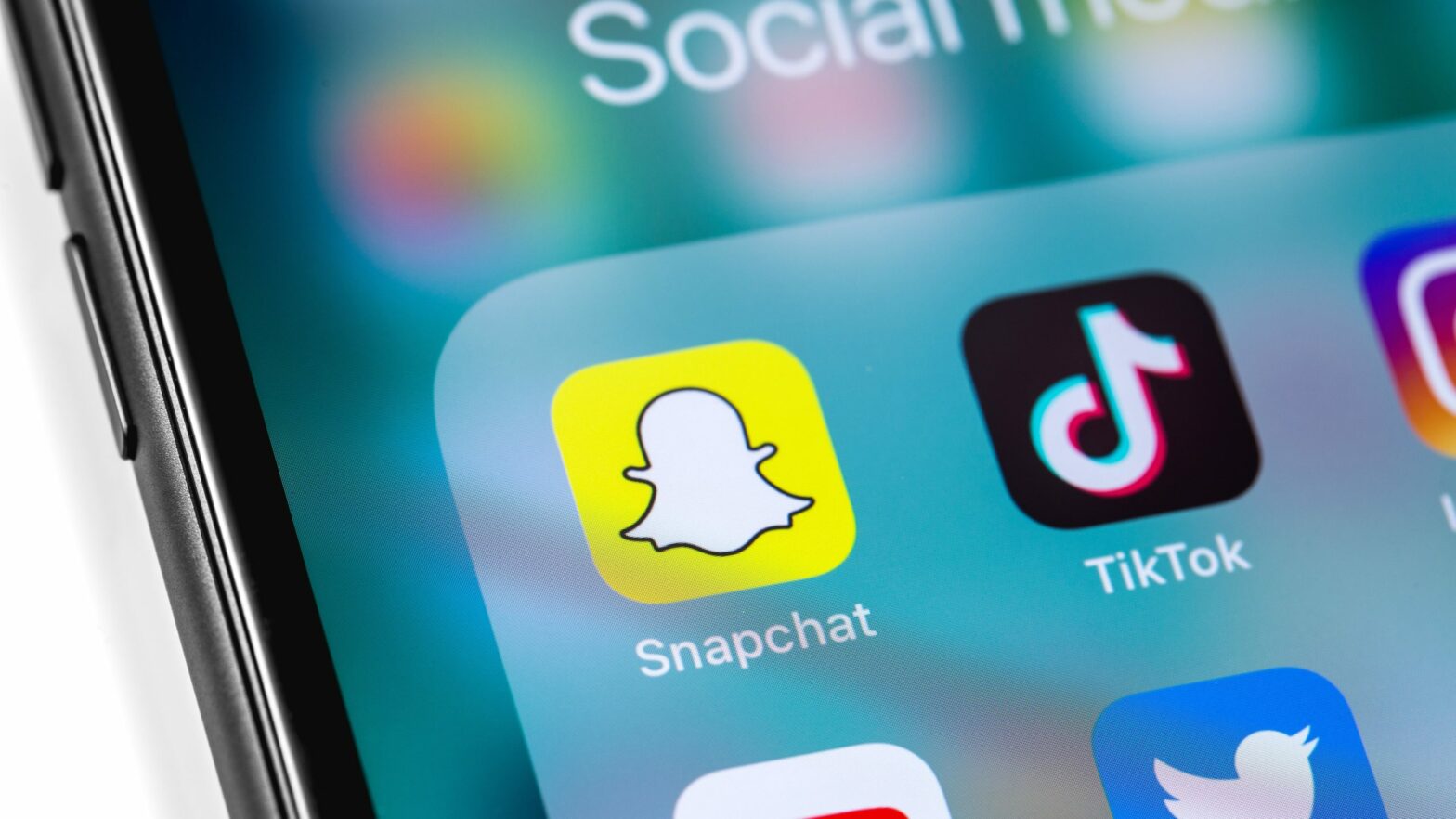Every few weeks, an article appears that claims Snapchat is dead. Generally, these articles use some recent piece of news – the fact that Snapchat just got blocked in Saudi Arabia, for instance, or a report that apps like LinkedIn and Snapchat will be short-lived – to claim that the Snapchat bubble is on the verge of bursting.
These conclusions are all wrong.
For many marketing professionals, especially those above the age of 30 or so, the world of Snapchat is a strange, bewildering place. If you don’t use the app regularly, how can you start to use it for advertising
Buckle in. We’ll show you how.
>See also: How to get 1,000 followers on your small business Instagram
Why Snapchat is great (for advertising)
First, the basics. The primary value of Snapchat can be summed up in one statistic: the app reaches 90 per cent of those between the ages of 13 and 24 in the United States. In addition, the platform is growing, adding 9m daily active users in the second quarter of 2020, and boosting quarterly revenue by 17 per cent. Today, over 238m people use Snapchat daily.
These numbers, on their own, are enough to recognise why a Snapchat marketing strategy is incredibly important if you want to sell things to Gen Z. But the value of Snapchat goes further than this. Much of the audience on the app can’t be found anywhere else – nearly half of all Snapchat users can’t be found on Instagram, for instance.
Finally, the way that Snapchat works on a technical level makes it perfect for advertising. Ads on Facebook, Instagram, and Google are generally small, basic in terms of content, and can be scrolled past easily. On Snapchat, in contrast, ads are run as full 1080 videos which fill a user’s entire screen and are difficult to skip past.
Why Snapchat sucks (for advertising)
On the other hand, there are downsides to running ad campaigns on Snapchat. The most important of these is that the user base of Snapchat skews extremely young: there are hardly any users over the age of 35, for instance. As a result, the overall reach of the app is fairly limited compared to the biggies like Facebook and Twitter. In 2019, only about 25 per cent of mobile users in the United States accessed the Snapchat app, whereas about 91 per cent were on Facebook.
‘If you want to reach Gen Z, you need to use Snapchat’
Depending on your overall ad strategy and target audience, these stats might be discouraging or exciting. Here’s the deal, though. Put simply, if you want to reach Gen Z, you need to use Snapchat. If you want to reach a lot of people, use another platform.
In addition to this large caveat, there are also a number of drawbacks to Snapchat related to the actual technology.
One is that you can’t track engagement in the same way as you can with Facebook, for instance, so there’s no way of telling if your video ads have been watched, or by how many people.
Also, security is a lingering issue which has improved from the app’s early days but still remains a problem. While image and video messages have end-to-end encryption, text messages do not. If you’re looking for a truly secure messaging app, rest assured that Snapchat is not it. The bottom line is that deploying an ad campaign on Snapchat still leaves you open for various types of hack attacks.
Lastly, the ephemeral and private nature of Snapchat messages (called “snaps”) also inherently limits their long-term value. Users cannot re-share marketing content, for instance, so content doesn’t “go viral” in the same way it can on other platforms. And even marketing content is deleted after 24 hours and cannot be archived. This is what draws younger users to the platform but can be annoying for advertisers.
>See also: What’s the best website builder for my small business?
How to set up a Snapchat campaign
If you decide to run a Snapchat campaign, here are the basic steps to set one up:
- Set up a Snapchat Business Account
- Optimise your account with a unique “snapcode” business URL, profile avatar and ghost icon
- Choose an “Instant Create” or “Advanced Create” campaign depending on your level of marketing experience and design skills
- Choose a call to action (CTA) — e.g., website visits, phone calls, texts, app installs
- Upload a design. Images should be a 9:16 ratio and formatted as a PNG or JPG file. Videos should be H.264 encoded and capped at three minutes and 1 GB
- Set your desired budget, targeted audience and campaign duration
This, of course, is just the foundation of your campaign. You next need to decide what kind of content to create and post. When it comes to designing content, you should be aware that Gen Z has radically different expectations than its older peers.
For instance, you’ve probably heard that Gen Z has the attention span of about eight seconds — compared to the Millennial standard of 12 —in reality, they actually possess a sophisticated filter which comes from growing up surrounded by a deluge of information. This means that your content needs to be highly relevant to their lives for them to even engage with it.
Before you pull the trigger on your campaign, it’s worth researching the world of Gen Z marketing.
You’ll notice that there are several strategies that work well for this age group:
- Since Gen Z values authenticity more than other groups, influencer marketing can be extremely effective if done correctly
- Equally, Gen Z prefers to buy from brands that have a social conscience. If you haven’t already, it’s worth figuring out what values are important to your brand and emphasise those in your content
- Finally, recognise that Snapchat is the home of many of the “interest communities” that are a valuable part of the personal identities of many Gen Z-ers. If you can tap into subcultures like gamers, you could be on your way to a winner
‘Gen Z will account for 40% of all customers by 2021’
Why you need to market to Gen Z
At the moment, of course, you might have decided that investing in a new campaign to reach younger people is not worth the money and effort, but here’s the thing: you’ll have to engage with this generation at some point. They are already driving huge market shifts.
If you don’t believe me, take a look at the numbers: Gen Z is expected to account for 40 per cent of all customers by 2021, and one expert has claimed that, “Generation Z is one of the most powerful consumer forces in the market today. Their buying power is $44bn and expands to $600 bn when considering the influence they have on their parents’ spending.”
If that’s not a reason to get into Snapchat, I don’t know what is.
Brian Skewes is a freelance technology writer





